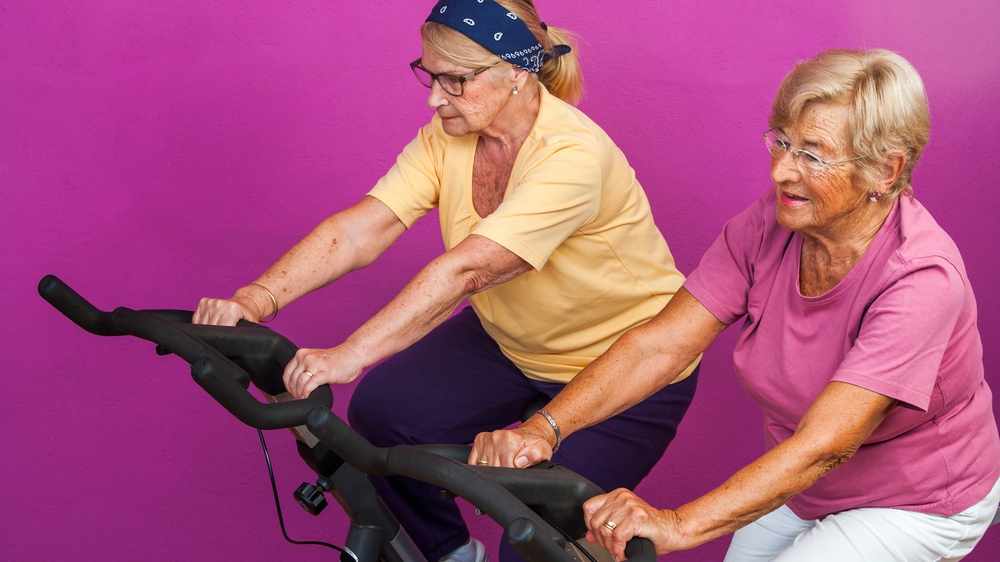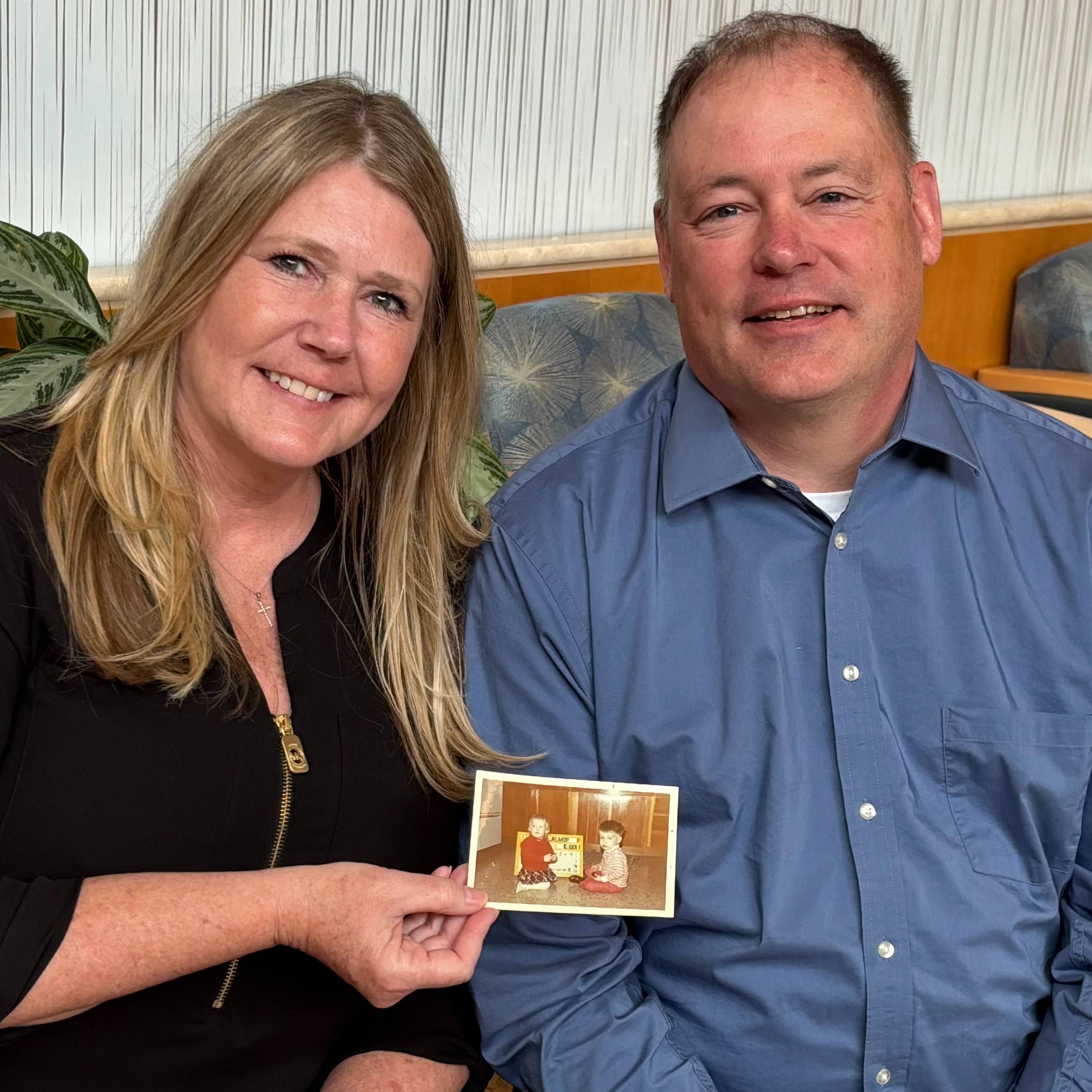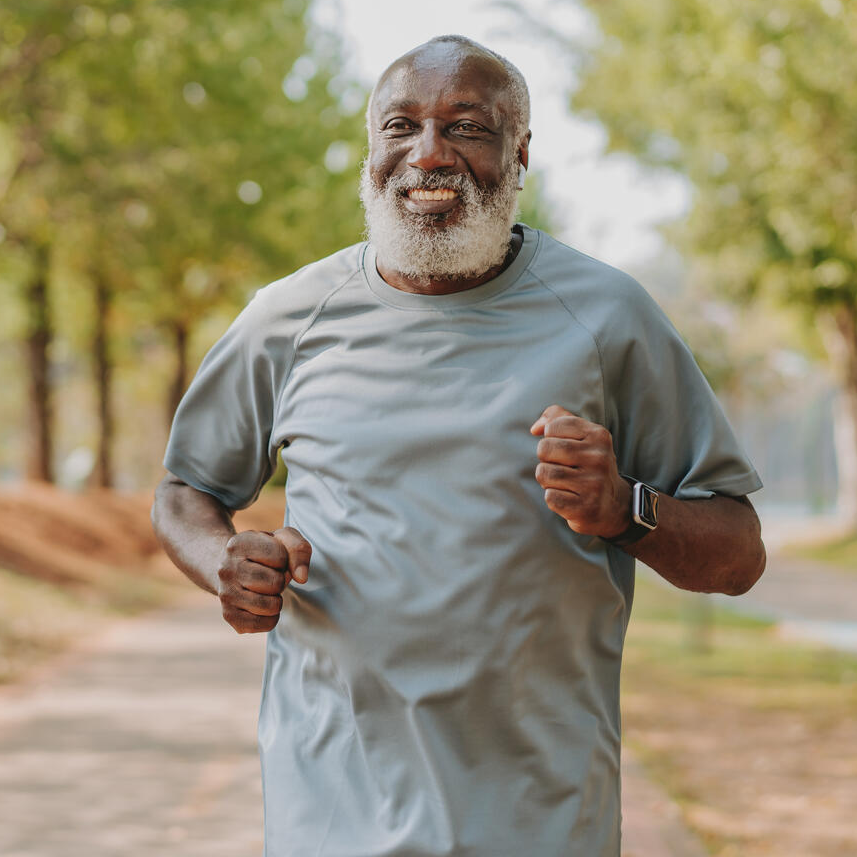-
Aerobic Exercise Benefits Patients with Parkinson’s Disease
ROCHESTER, Minn. – You’ve likely heard this before: Exercise is good for you. It helps your heart, bones, back and more.
But here’s one thing you might not have heard: Ongoing aerobic exercise may slow the progression of Parkinson’s disease, a progressive disorder of the nervous system.
“Aerobic exercise means vigorous exercise, which makes you hot, sweaty and tired” says J. Eric Ahlskog, Ph.D., M.D., a neurologist at Mayo Clinic. This could include activity such as walking briskly or using an elliptical machine.
That doesn’t mean stretching or balance exercises are not helpful, Dr. Ahlskog notes. Those types of exercises help with Parkinson’s symptoms, such as rigid muscles, slowed movement or impaired posture and balance.
But to help fight the progression of Parkinson’s disease, including dementia — one of the most feared long-term outcomes of the disease — Dr. Ahlskog points to scientific studies that show aerobic exercise enhances factors that potentially have a protective effect on the brain. For instance, aerobic exercise liberates trophic factors – small proteins in the brain that behave like fertilizer does when applied to your lawn. Exercise helps maintain brain connections and counters brain shrinkage from Parkinson’s disease as well as from brain aging, says Dr. Ahlskog, author of “The New Parkinson’s Disease Treatment Book,” which further explores the benefits of aerobic exercise.
In an editorial published online today in JAMA Neurology, Dr. Ahlskog makes the case that modern physical therapy practices should incorporate aerobic exercise training and encourage fitness for patients with Parkinson’s disease.
As a society, Americans are becoming increasingly sedentary. It is a particular challenge for people with Parkinson’s disease to begin and maintain aerobic exercise. “That is where a physical therapist might serve a crucial role in helping to counter Parkinson’s disease progression,” Dr. Ahlskog says. “The physical therapist could identify the type of exercise that would appeal to the individual, initiate that plan and serve as exercise coach.”
For anyone with or without Parkinson’s disease, an aerobic exercise routine takes hard work and ongoing commitment. Dr. Ahlskog offers the following tips:
- Start slowly: Talk to your doctor before you begin an exercise program, and then work your way up — 15 minutes, 30 and more. “Life is a marathon rather than a sprint,” Dr. Ahlskog says.
- Set goals: Aim for an average of 45 minutes to an hour of vigorous activity four times a week.
- Do what you love (or tolerate): If you hate riding a stationary bike, try a ski machine or stair climber. Take a brisk walk – outside, at the mall or on a track. “There is no one-size-fits-all program for exercise, and all aerobic exercise options should be on the table,” Dr. Ahlskog says.
- Push yourself a little: If you’re walking a track, for example, try to pass other walkers. If you’re doing repetitive exercises, slowly increase the number of repetitions.
Dr. Ahlskog emphasizes one important component of an exercise program for Parkinson’s disease:
- Be certain that you have worked with your doctor to optimize your medication, specifically carbidopa/levodopa. Once patients with Parkinson’s disease slow down, adequate carbidopa/levodopa is necessary to optimize quality of life and facilitate engagement in exercise.
###
About Mayo Clinic
Mayo Clinic is a nonprofit organization committed to medical research and education, and providing expert, whole-person care to everyone who needs healing. For more information, visit http://www.mayoclinic.org/about-mayo-clinic or https://newsnetwork.mayoclinic.org.
MEDIA CONTACT: Susan Barber Lindquist, Mayo Clinic Public Affairs, 507-284-5005, newsbureau@mayo.edu








